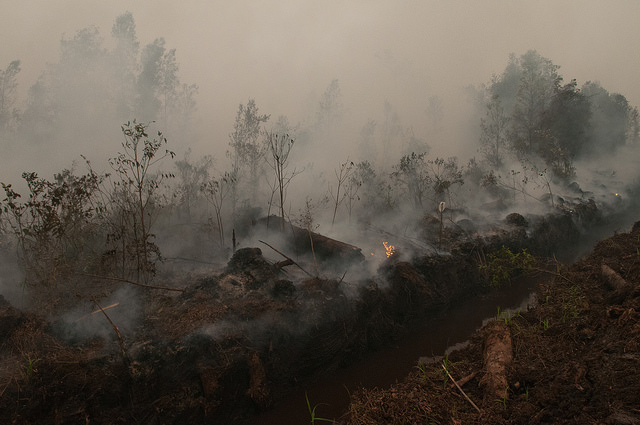In Indonesia, few have forgotten the devastating peatland fires and suffocating haze that afflicted the greater region for several months over 2014-2015.
Agricultural fires across Sumatra, Kalimantan and Papua at that time claimed millions of hectares of land and tens of thousands of lives, as toxic smoke spread across the country, reaching as far as neighboring Singapore and Malaysia.
President Joko Widodo responded by placing a total nationwide ban on the clearing or burning of peatlands, and formed the Peatland Restoration Agency (BRG) to replenish damaged land.
But for this complex issue involving multiple stakeholders – from government agencies to researchers, multinational companies to smallholder farmers and communities – work on the ground to prevent future disaster is still just beginning.
More than 300 representatives from various sectors came together to discuss ways to strengthen local laws and learn from ground-level experience at a national policy dialogue in Pekanbaru last month, hosted by the Center for International Forestry Research (CIFOR) in collaboration with the University of Riau.
The dialogue on ‘Laws and Best Practices for Reducing Fire and Haze’ invited participants to share both their challenges and their success stories in breaking the dangerous annual cycle.

